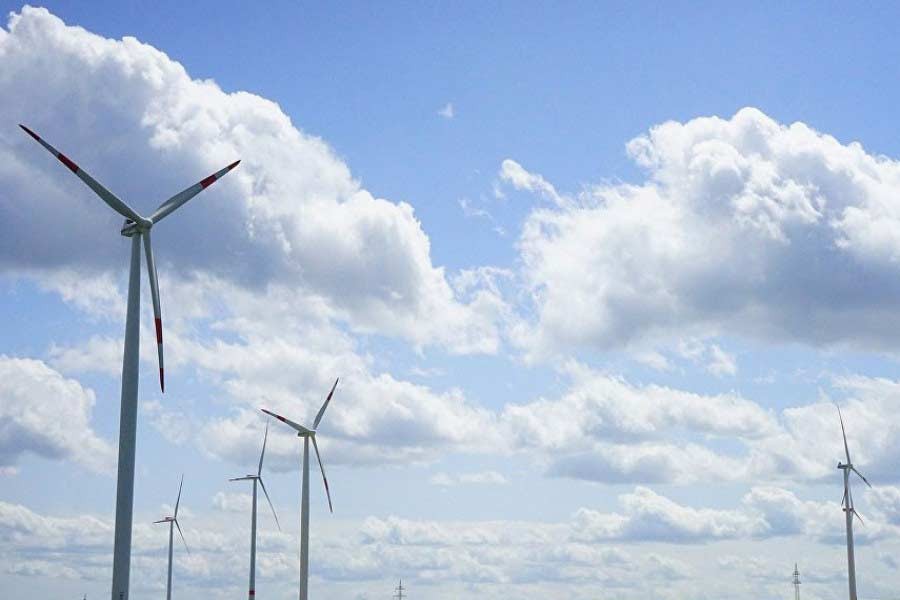Today's life is inconceivable without mobile phones. The handsets have meanwhile reached every home in most countries of the world. Bangladesh Telecommunication Regulatory Commission (BTRC) reports that in November 2020, the number of mobile phone subscribers reached 168.36 million. Assuming that Bangladesh's current population is around 170 million, it looks as though not only every family but nearly every individual of the country has a mobile handset. And every user also knows that the power that drives their mobile phones comes from a Lithium-ion battery or, in short, LiB, placed inside each handset.
But what most of the users of these now ubiquitous mobile sets are not aware of is that what they are using like toys are the wonders of modern technology-both the mobile handset and the LiB that runs it. In fact, the LiB, in particular, which stores electrical energy within it holds out a great promise for mankind.
The novel power storage devices have not been around forever. It entered the market in 1999, thanks to the breakthrough discoveries by two US and a Japanese scientist in creating a version of storage battery using the light element Lithium. The Lithium ions flow from the negative anode to the positive cathode to discharge and back to anode to charge. In a LiB the electrode is not as much eroded as it is in the case of other familiar batteries in the market. And the most important characteristic of this storage battery is that unlike the other familiar nickel-cadmium or nickel metal hybrid batteries, LiB's energy density is far higher. And this high energy density is also a disadvantage for LiB as it often gets overheated. However, LiBs' advantages far outweigh its disadvantages. In fact, LiB's appeal lies in the fact that it is rechargeable.
And it is exactly this property of the LiB that has provided the industries with a viable alternative to fossil fuel to power automobiles as well as other types of machinery and devices that depend on fossil fuel as an energy-source.
It is worthwhile to note that the three scientists behind the development of LiB as mentioned in the foregoing-John B. Goodenough and M. Stanley Wittingham from the USA and Akira Yoshino from Japan- were awarded the Nobel Prize in Chemistry in 2019. This makes plain the real significance of the LiB. The same principle as used in making the LiBs for mobile phone does also go to produce the bigger batteries that run electric cars and store energy from renewable energy sources such as solar panels and wind turbines. Since the renewable energy from sun or wind is intermittent depending on the mood of the weather as well as the normal cycles of day and night, utility companies were looking for the technology that could store the excess energy produced by solar panels in daytime when the sun beats down on them. Similarly, when wind blows hard to turn wind turbines at full steam, the energy it generates can be similarly stored in the supersised LiBs. This stored excess energy is then fed into the power grid to use it when demand for grid power increases. Many sees it as a future replacement of the fossil fuel-based 'peaker' plants which usually kicks in during peak hours of power demand.
In the US, California will be running the world's largest LiB facility at its erstwhile Moss Landing power plant. There a 300-megawatt Lithium-ion battery is being installed. Another 100-magawatt LiB is also being set up there to go into service in 2021. California has further plans to install such supersize LiBs to feed its stored power into the grid to supply every home in San Francisco for six hours.
But it is just the beginning. With technological improvements, the LiBs are getting more efficient and cheaper by the day. This is paving the way for installing still higher capacity storage facilities for renewable energy across the globe. Meanwhile, renewable energy storage projects of gigawatt, even terawatt capacities are in the pipeline in the US. Other countries including Europe are gradually catching up with the US in this emerging field of rechargeable power storage technology and its use. Bangladesh, too, must not lag behind in the use of LiB technology to achieve its clean energy goal.


